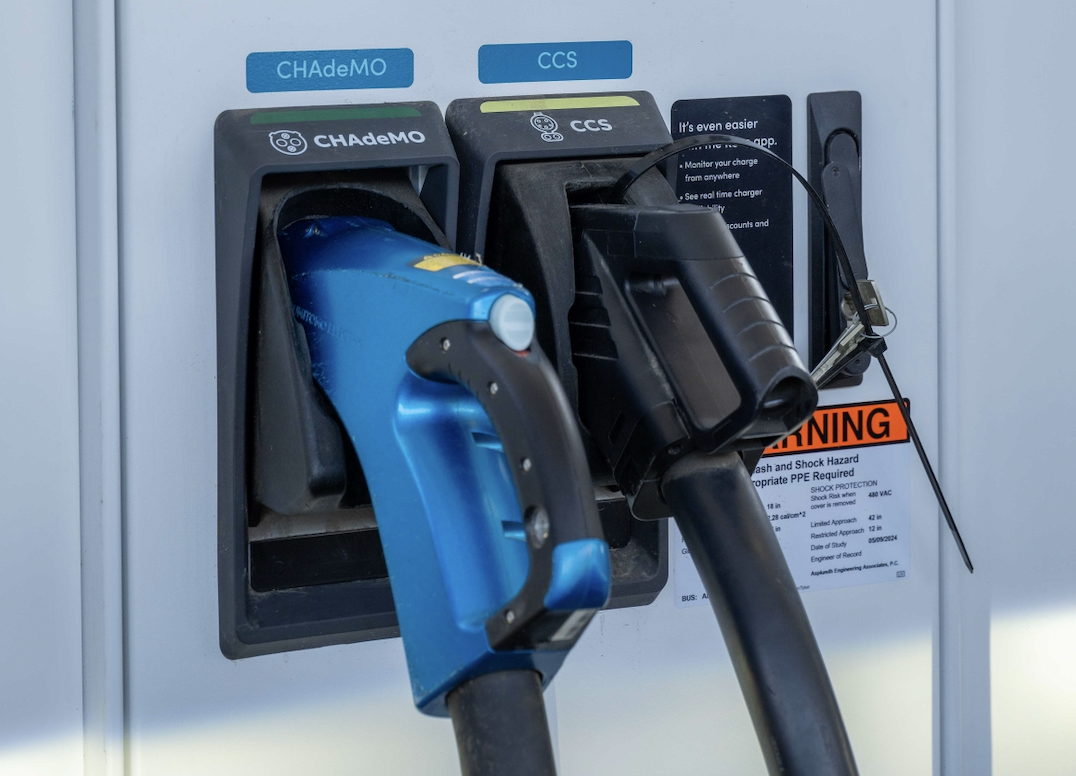How You’re Charged: Breaking down kWh pricing
If you’re new to charging, we often ask, “How is the cost of my charge determined?” This article highlights common ways charging is priced and what you can expect at each.
Nearly everyone understands traditional gas station pricing by the gallon. However, people are less familiar with electricity metrics. Three types of pricing models are used across chargers.
3 Types of Pricing in Charging
A kilowatt-hour (kWh) is a unit of energy equal to 3.6 megajoules (MJ), the energy delivered by one kilowatt of power for one hour.
What can 1 kilowatt-hour power do?
We’ve seen two variations of this pricing model across EV charging networks: 1) time of use (TOU) and 2) tiered pricing based on membership status.
TIME OF USE (TOU) PRICING
In time-of-use (TOU) pricing, used by EVgo and Electrify America, electricity costs vary per kWh throughout the day based on demand and energy usage. Additionally, charging stations experience varying traffic levels throughout the day and week.
Based on those two metrics, chargers offer various rates per kWh throughout the day, including a discounted rate during Off-Peak times.
TIERED PRICING BASED ON MEMBERSHIP LEVEL
Some national and international networks honor a paid membership, where they honor tiered pricing. This pricing model offers the deepest discounts to the highest membership levels with a flat pay-to-charge rate to guest users.
The 101 at Rove
At Rove, our chargers use a single price-per-kilowatt hour, regardless of the time of day or speed of the charger.
In the past, some operators charged by the minute. We caution EV chargers against using chargers that may still use this pricing model.
Many variables can impact the rate at which a car chargers, including the condition of the battery, settings on the charger, and the number of cars plugged into the charger (aka. simultaneous charging)
Unfortunately, charging operators have been suspected of taking advantage of this in the past, reducing the speed of chargers to prolong the charge and drive up the cost.
As of 2020, California banned price-per-minute charging for all charging operators.
Free charging is used exclusively by slower Level 2 public chargers, such as those in the Blink or Volta charging networks.
The cost of these chargers is often covered by the property owner or by the advertisers that display the chargers.
These are an incredible perk for EV chargers, although sometimes challenging to find available.
Some resources to find free EV charging near you
PlugShare - filtered for Free Charging Stations
Disclaimer: The information provided here is based on available data and general recommendations. Always refer to your EV manufacturer's guidelines and consult with professionals for specific advice regarding charging plugs for your electric vehicle.





